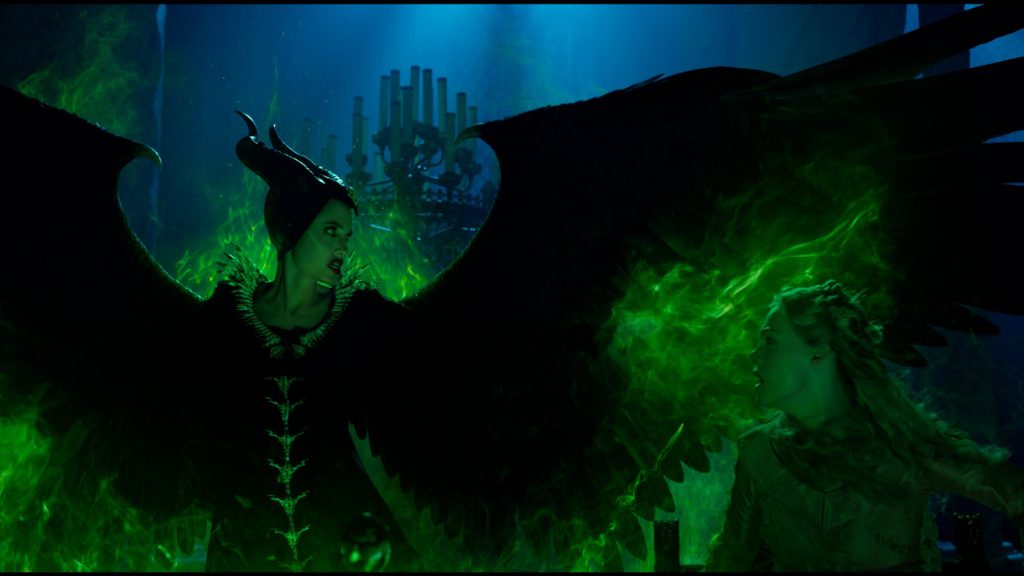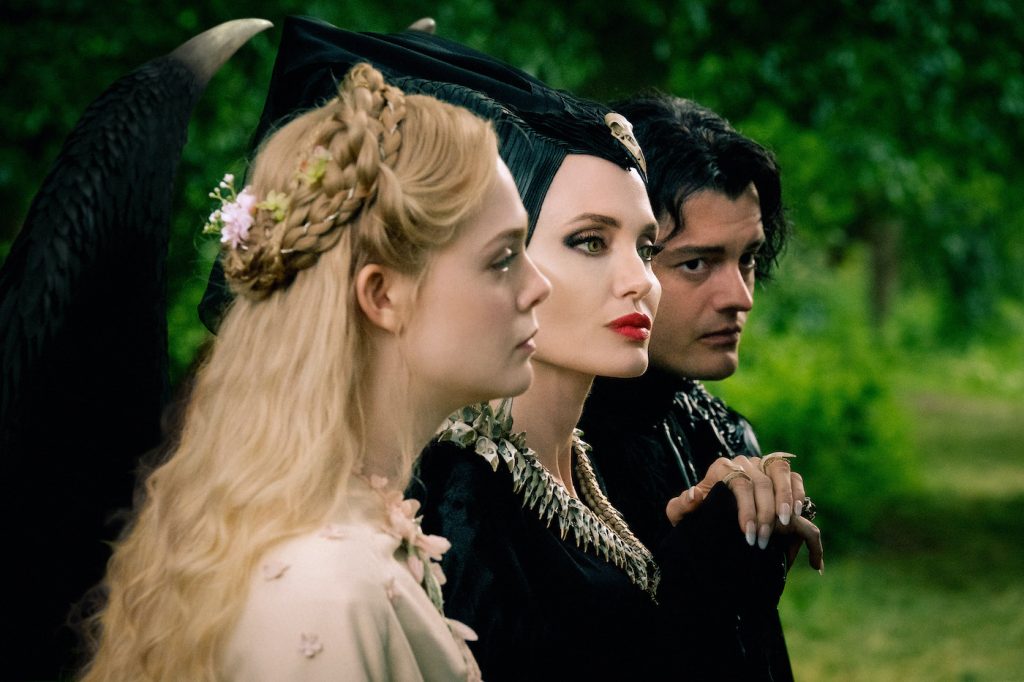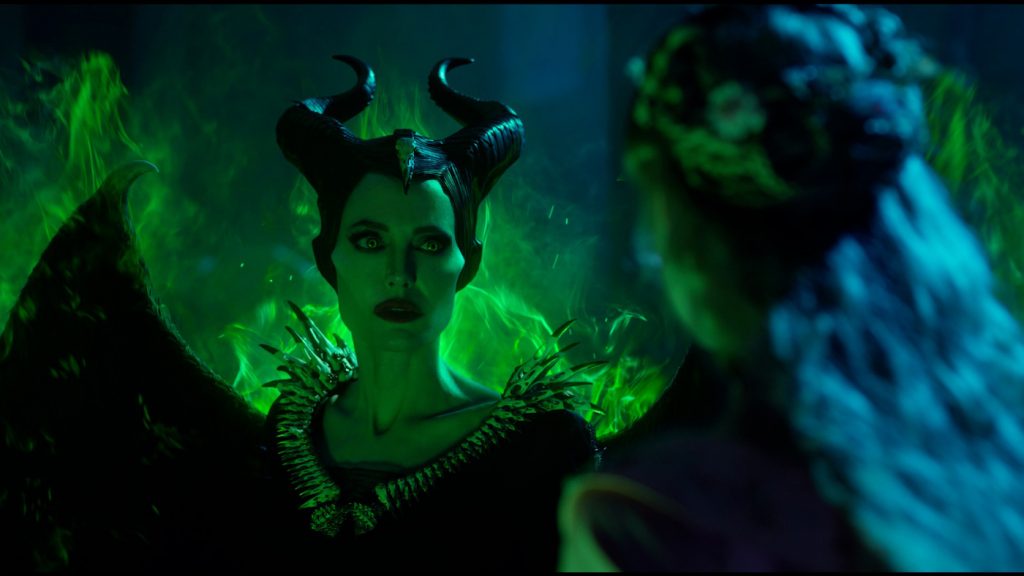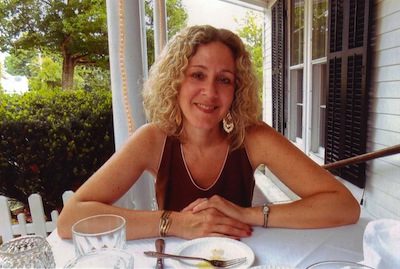Maleficent: Mistress of Evil Screenwriter Linda Woolverton on Shaping Strong Female Leads
She’s back! Maleficent, the great horned fairy, is lighting up the screen once again in Maleficent: Mistress of Evil, the sequel to the 2014 Disney hit. Angelina Jolie and Elle Fanning return as Maleficent and Aurora, respectively, and are joined on this journey by Michelle Pfeiffer, who portrays the villainous Queen Ingrith. When Aurora becomes engaged to the queen’s son, Ingrith sets in motion a diabolical plan to take the Moors, the fairylands Aurora rules, away from her. It will test Maleficent and Aurora’s relationship and take all the fortitude they have to protect what is rightfully theirs.
The person behind this story of female empowerment is also a woman: Linda Woolverton, an established screenwriter and Disney staple. Woolverton has spent nearly three decades writing strong, complex female protagonists for the studio, beginning with Belle in Beauty and the Beast. With this film, she became the first woman to pen an animated feature for Disney. Since then, she has written or co-written the screenplays for Homeward Bound: The Incredible Journey, The Lion King, Alice in Wonderland, Alice Through the Looking Glass and Maleficent.
The Credits chatted recently with Woolverton about writing for Disney, creating a more vulnerable Maleficent and incorporating messages of inclusiveness and tolerance. The following interview has been edited for length and clarity.
The story of Maleficent and Aurora is inspired by Sleeping Beauty. With this sequel, did Disney provide a story outline or story points? How was the assignment presented to you?
Well, basically, the concept with Disney and me is they don’t give me an outline, they don’t dictate. But the challenge is for me to come up with a take that’s makeable, that Angelina Jolie approves and that everybody’s on board with. So basically if I can do that, then I can write the screenplay.
So you have a lot of freedom then.
In the beginning. That’s when you get to be the creator. When I get to be the creator, it is the most exciting and really sublime moment in the journey of a movie for me.
Did you have your co-writers, Micah Fitzerman-Blue and Noah Harpster, with you from the beginning? How did you work together?
No, I was on my own in the beginning. Then they came in, they did a pass, they brought some elements to the story I didn’t bring. And then I came back and I wrote more. You have meetings together definitely, but I don’t write with a partner. They’re partners.
You’re also an executive producer on the film. What impact, if any, did this have on your storytelling?
It gives me a tiny bit more say-so past the writing element, a tiny bit more input, a little more credential.

So what was your goal with this film?
My goal was to really further explore the relationship between Maleficent and Aurora, after Aurora had become a fully realized adult with her own crown and her own purpose, and really trying to sort herself out. You know, because she’s the queen of the Moors but she’s a human, and there are a lot of entanglements there. So my intention was to explore those entanglements, explore the relationship between the two of them, once Aurora is her own person.

It’s pretty great that the three main characters are all female, and they passed the Bechdel test!
Oh, definitely! [laughs] I didn’t even think about that! Yes, you’re right.
You’re known for imbuing strength and complexity into characters in stories where they’re typically good or evil. What are the challenges in layering characters like Maleficent and not going either too dark or too light with them?
Maleficent herself was like the great poster child for that, because she had to walk that line between good and evil. That was the whole point of redeeming and understanding and having empathy for a character that we had always reviled in the past. She had done some heinous acts. But when you’re also trying to be more than just one-dimensional, two-dimensional, with the other characters — particularly the villain, the true villain — it’s harder because you have to hit hard at that villain thing.
Is it fair to say in this go-round that we see more of Maleficent’s vulnerabilities, ones that actually serve to make her more human?
I really wanted to see her in a vulnerable position, because she’s so all-powerful. We kind of had to bring her down to bring her back up again. She was very, very human to me in the first movie when she lost her wings, that incredible acting moment that Angelina Jolie pulled off. And this was similar to it, when she’s walking through the nest, wounded and sort of half okay, a fish out of water, no idea where she is — it makes her very human, it makes you empathize with her I hope. That was the intention.
And then she discovers this world of people like her that she never knew existed.
Right, and that was one of the other mandates for me and also for Angelina Jolie, to explore her origins, because where did she come from? She’s the only big fairy, right? And she has enormous powers. Exploring her origins was really complex.
The sequel includes messages of tolerance and unity. One of the great lines is something like, “We’re not defined by where we’re from.” Was this purposeful given the times that we’re in?
You know, it totally resonates in our time today. Obviously, it’s a theme on everybody’s mind. It’s also a universal theme and it’s a timeless theme. Inclusion has certainly been around for a long time besides the last few years, but it’s very, very on our minds right now. So I’m sure that was on my mind. You want to be relevant and you want to keep talking about things that matter and are important in the world.

You have a background in children’s theater and programming for TV shows. You’re also a YA novelist and you’ve been a teacher, and you’ve also written scripts for animated children’s shows. How do you think all this past experience in the youth market informs your screenwriting for projects such as Maleficent, and how do you also consider the parents and other adults who will be in the audience? You have to entertain them as well.
I absolutely believe that my background in theater for children, for family audiences, has helped. I’m very comfortable with the attention span of a child audience, of a young adult audience, so I guess how it helps me is that I know that I can’t go on too long [laughs]. I can feel when they’re gonna get crazy and restless. I can just feel it in my bones. And I try to keep scenes from being too talky. But then I am an adult, so trying to entertain my friends or myself with more sophisticated humor, more sophisticated scenes, I mean it’s a huge challenge. It’s been a challenge through all of the Disney films that I’ve done.
Featured image: Elle Fanning is Aurora and Angelina Jolie is Maleficent in Disney’s MALEFICENT: MISTRESS OF EVIL. Courtesy Walt Disney Studios.



